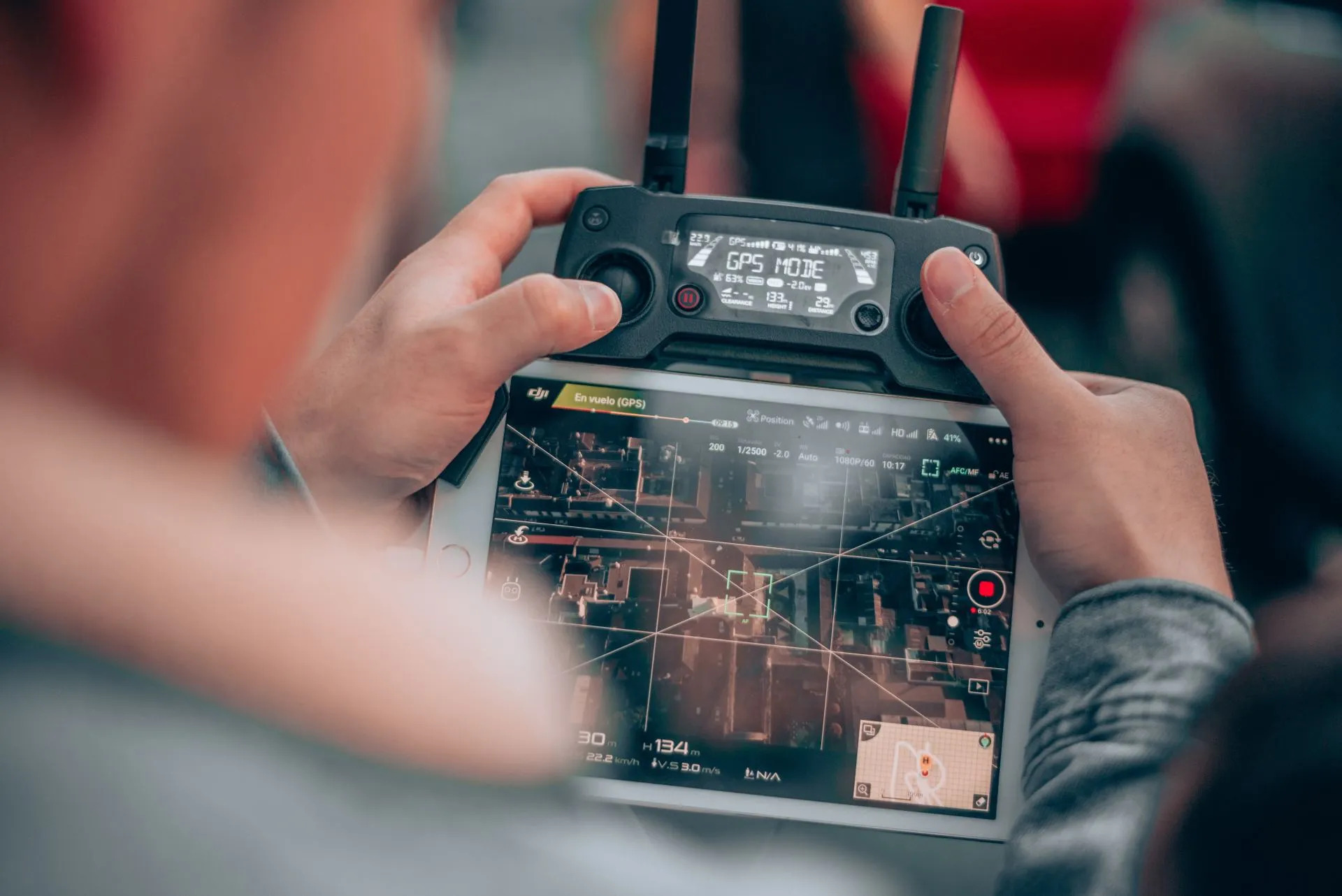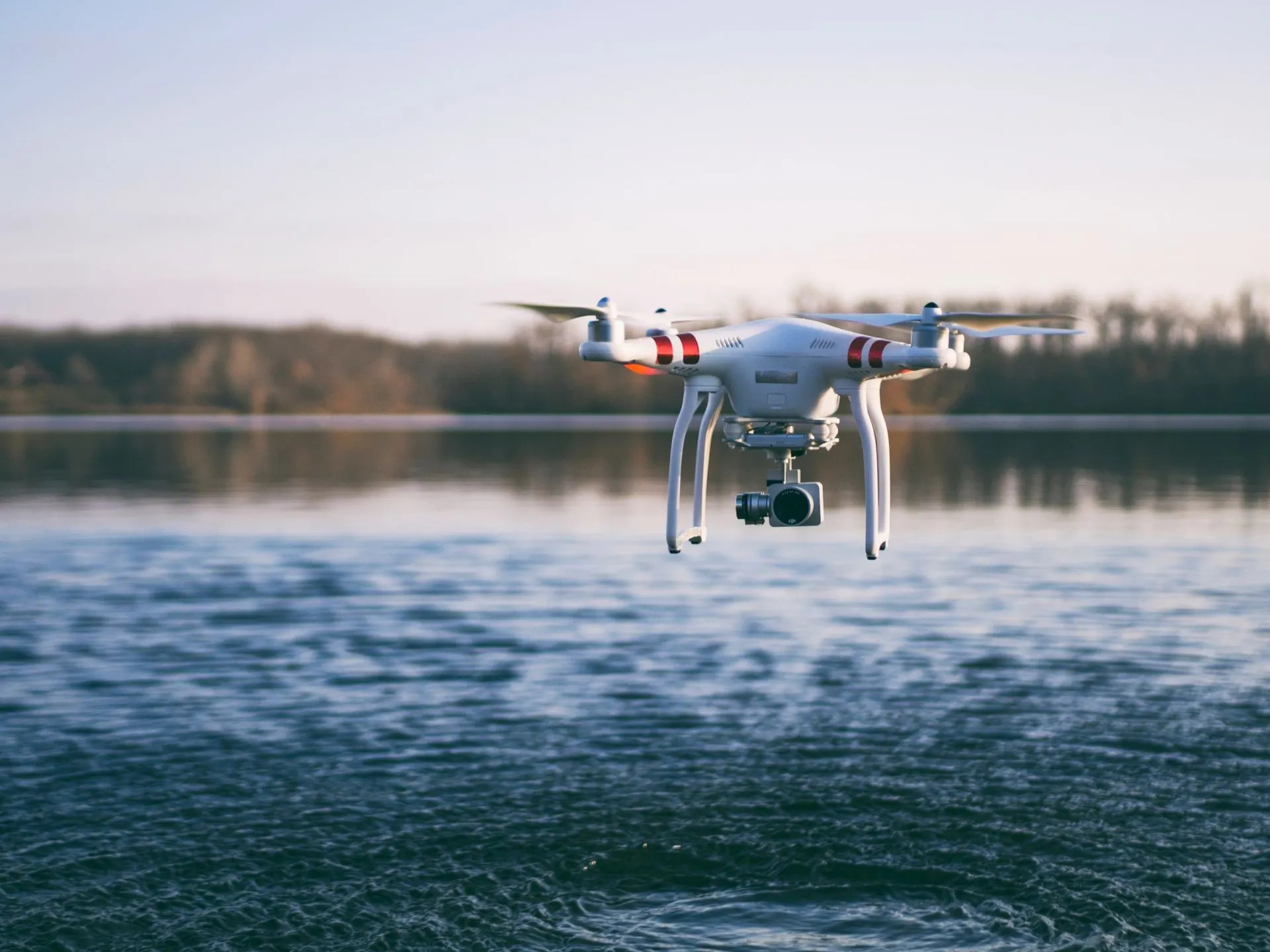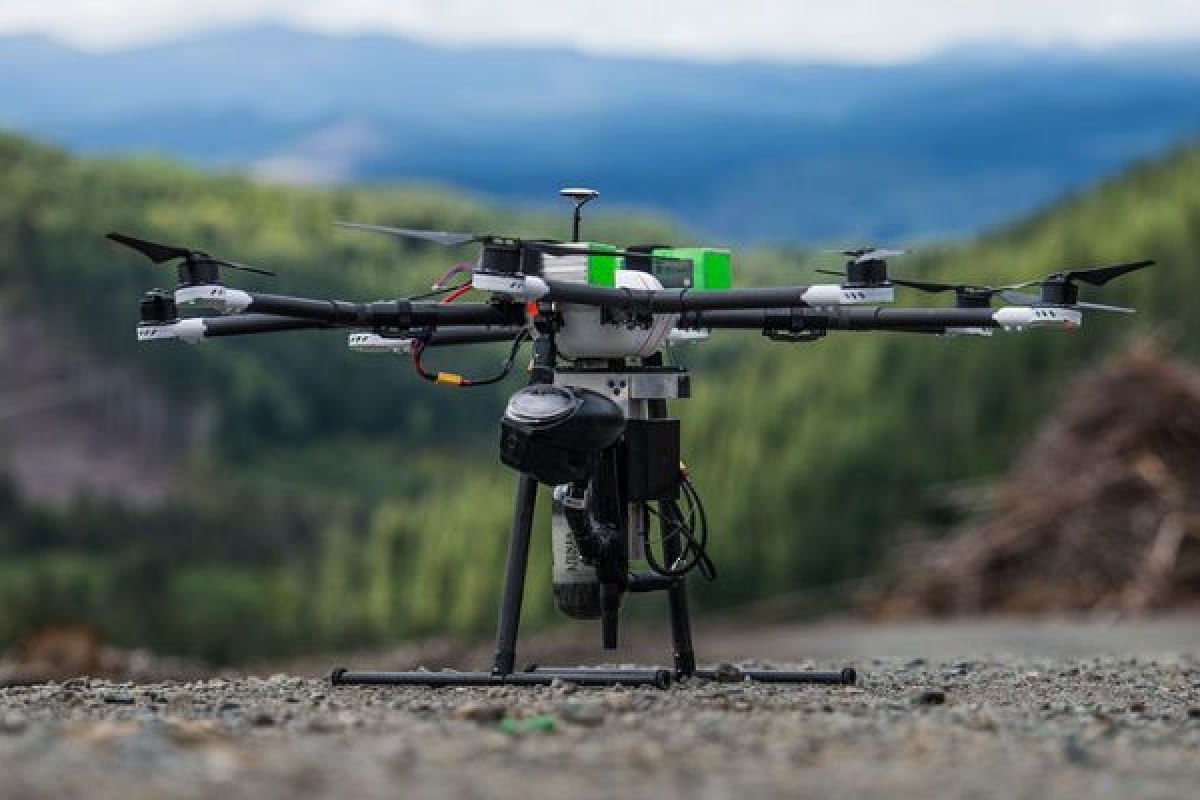TRANSPORT CANADA BVLOS DRONE OPERATIONS IN 2022
BVLOS. Beyond Visual Line of Sight. Our future, your future. How far we have come as an industry here in Canada in just a few short years!
Drones and drone software technology are growing by leaps and bounds not just here in Canada but on a global platform.
Transport Canada is considered a world leader in developing Rural and Urban BVLOS. In quarter 1-2, 2023 Transport Canada may be releasing the new Canadian Aviation regulatory framework for BVLOS flights in Canada through The Canada Gazette and the CARs (The Canadian Aviation Regulations.)
Jobs! We predict an explosion of great paying jobs for drone pilots, drone software technicians, maintenance teams and more. PWC (Price Waterhouse Cooper) predicts a $500 Billion Drone Industry in North America by 2026
Why do we stand firm on this projection for Canadian jobs in the Drone Industry from 2023 on? Our current operational environment is VLOS or Visual Line of Sight in Canada. VLOS is not a practical investment stimulant for a company to purchase a $150,000.00 Drone(s) and form a Flight Department under VLOS restrictions
Let’s take the new upcoming BVLOS regulations from one Hydro company’s point of view. This company has over 18,000 kilometres of Hydro wires and towers that need to be inspected for safety, damage by ice, animals and maintenance of their rural infrastructure.
This Hydro company is still using boots on the ground, multiple team members, trucks, snowmobiles etc to inspect their towers and power lines. This company is buying fixed wing powered drones with an operating range of 400 kilometres for long range inspections at a fraction of the cost they are currently incurring by employing the boots on the ground technique.
They will also operate smaller quadcopters, hexacopters, octocopters etc. that have greater mobility in “tight” areas that cannot be done with a fixed wing Drone. This is mainly because of their need for a tighter radius of turn and a drone that can hover for quality zoom pictures, and videos.
Their Drones will navigate using our current GPS and GNSS satellite networks and our new 5G data accessibility for Rural area BVLOS.
Using a combination of drone enabled software on their cameras and C2 base stations. They will utilize all types of software such as Thermal Heat Imaging, Photogrammetry, LIDAR, FLIR and more to gather extremely sensitive data within cm’s of their waypoint flight path.
This data will be live streamed back to their engineers for analysis and immediate corrective actions. Drones will not be flown manually but pilots will be using waypoints pre-programmed by the pilot into the drone’s autopilot. The pilot will only be there for takeoff, landing and emergencies using manual hands on recovery flight when necessary.
This Hydro company through a deep dive analysis with their Safety and Engineering departments has concluded that one Drone pilot with one Visual Observer can gather 10 times more Data per day than boots on the ground.
The Canadian Drone Institute is writing a new course content for the new Transport Canada Advanced Complex SFOC drone application. Our staff consists of current and retired Transport Canada Airline Pilots, and Transport Canada Flight School Instructors with Advanced certificates in numerous types of drones approved by Transport Canada as being compliant for BVLOS operations for flights over people.
We predict all companies and pilots in Canada that want to fly rural BVLOS in early 2022 will need to have pilots who have passed The Advanced Complex Transport Canada exam and have a certified Advanced Complex pilot(s) on staff to conduct complex BVLOS operation.
BVLOS flights will fall into two categories Routine and Complex. Each category of flight will require an SFOC submission to Transport Canada for your BVLOS Drone mission approval. Routine Rural Operations.
Redundant rural with the same SOP for each flight. Your Transport Canada inspector may at his or her discretion issue one or multiple SFOCS which will be based on how well you have done to satisfy Transport Canada’s Safety Guidelines in your submission. Rural Complex.
Your SFOC will need to show many more areas of knowledge for the Pilot and Visual Observer(s) There are international guidelines now being structured by ICAO or the International Civil Aviation Organization. This will allow Global consistency in BVLOS operations. This is how manned aviation airlines etc follow one set of primary flight rules from country to country worldwide.
Here is a general overview of writing a Complex SFOC for submission to Transport Canada. I will add we have an expert Regulatory Team to write your first SFOC submission as well as continued support for any new Regulations introduced into legislation
“The Joint Authorities for Rulemaking on Unmanned Systems (JARUS), JARUS is a group of experts gathering regulatory expertise from all around the world. At present, 63 countries and the European Aviation Safety Agency (EASA) are contributing to the development of JARUS.
The Stakeholder Consultation Body (SCB), representing all industry communities of interest, was established to allow stakeholders the opportunity to support JARUS activities.
The purpose of JARUS, as stated in our Terms of Reference, is “to recommend a single set of technical, safety and operational requirements for all aspects linked to the safe operation of the Unmanned Aircraft Systems (UAS). This requires review and consideration of existing regulations and other material applicable to manned aircraft, the analysis of the specific tasks linked to UAS and the drafting of material to cover the unique features of UAS”. (1)
The JARUS guidance material aims to facilitate each authority to write their own requirements and avoid duplicated efforts.
What is SORA?
"The Specific Operations Risk Assessment (SORA) is a novel approach to how to safely create, evaluate and conduct an Unmanned Aircraft System (UAS) operation. It focuses on assigning to a UAS-operation two classes of risk, a ground risk class (GRC) and an air risk class (ARC).
The GRC and ARC form the basis to determine the so-called Specific Assurance and Integrity Levels (SAIL) for both respectively. The SAIL represents the level of confidence that the UAS operation will stay under control within the boundaries of the intended operation.
The SORA allows operators to utilize certain threat barriers and/or mitigating measures to reduce both risk classes and thereby reduce the SAIL. The final step in the risk assessment is the recommendation of the Operational Safety Objectives (OSO) to be met in accordance with the SAIL. The SORA is a method to integrate UAS operations with (commercial) manned aviation independent of the weight of the UA and altitude in the airspace with a certain level of safety.
To facilitate the SORA process, additionally, the so-called Standard Scenarios (STS) may be developed for certain types of operations, with known hazards and acceptable risk-mitigations. The STS may then be used by operators and regulating authorities as a template to reduce the amount of work involved with approving UAS-operations." (2)"
Led by Transport Canada and NavCanada our BVLOS Advanced Complex SFOC Team will be led by Greg Davis Founder of The Canadian Drone Institute and a private sector committee member of the Transport Canada and NavCanada BVLOS initiative named The RTMAC – The RPAS Traffic Management Advisory Committee Ottawa. Transport Canada Findings
“Overview of the consultation process from the lower risk fee proposal consultations in 2019
The remotely piloted aircraft systems (RPAS) industry continues to grow and expand, providing exciting new opportunities for the Canadian economy. TC has been working to support this growth through regulatory development to enable more complex operations and innovative uses for RPAS (also known as drones).
In January 2019, TC introduced Part IX of the Canadian Aviation Regulations (CARs). Part IX specifies requirements for drones less than 25 kg flying within visual line-of-sight (VLOS) and permitting BVLOS operations and VLOS flights with drones more than 25 kg with the issuance of a Special Flight Operations Certificate (SFOC). Fees to support these requirements were added to the CARs. TC published a Notice of Proposed Amendment (NPA) in April 2020 on lower-risk BVLOS operations with a 60-day comment period.(3)
In closing, we project clear skies ahead for our drone Industry from 2023 onwards. Investment capital creates thousands of RPAS jobs in many areas with the full release of the new BVLOS regulatory structure.
Greg Davis
Founder
The Canadian Drone Institute 2015 Ltd
(1) Reprinted with permission from ICAO
(2) Reprinted with permission from ICAO
(3) Reprinted with permission from transport Canada
< Older Post

5 Reasons You Should Consider A Career As a Drone Pilot!
Have you ever considered jetting around the globe as a commercial airline pilot? Sounds glamorous and exciting, right? Wrong! In this article, I am going to tell you how you can still fly high, make great money, and have a rewarding career as a Drone Pilot! For the last 40 years I have travelled the world as an airline pilot
Read More
Canadian Drone Institute: 10 Tips For Legally and Safely Flying Your Drone in Canada
There is still a great deal of misinformation on social media as well as a clear understanding of the new Drone regulations amongst the general public. The Canadian Drone Institute is unique and quite different in our academic approach because we are professional Drone pilots as well as Transport Canada Airline
Read More
4 Steps To Start Your Career In The Canadian Drone Industry
If you're thinking about switching careers or looking for a side gig there has never been a better time to get started in the Canadian Drone Industry. The North American drone industry continues to expand and grow in both the U.S. and Canada. In fact, by 2021, BI Intelligence has predicted that drone sales will be
tRead More